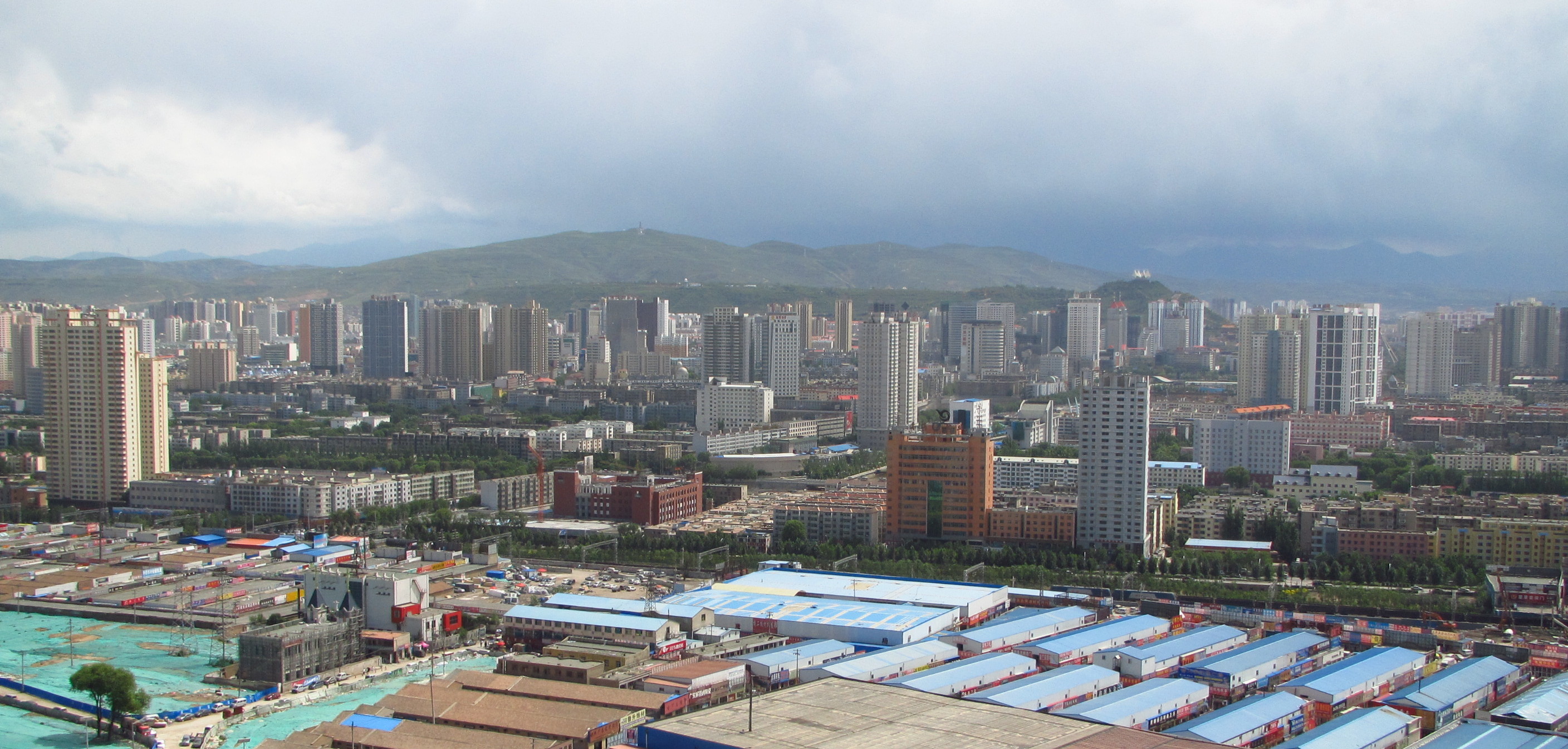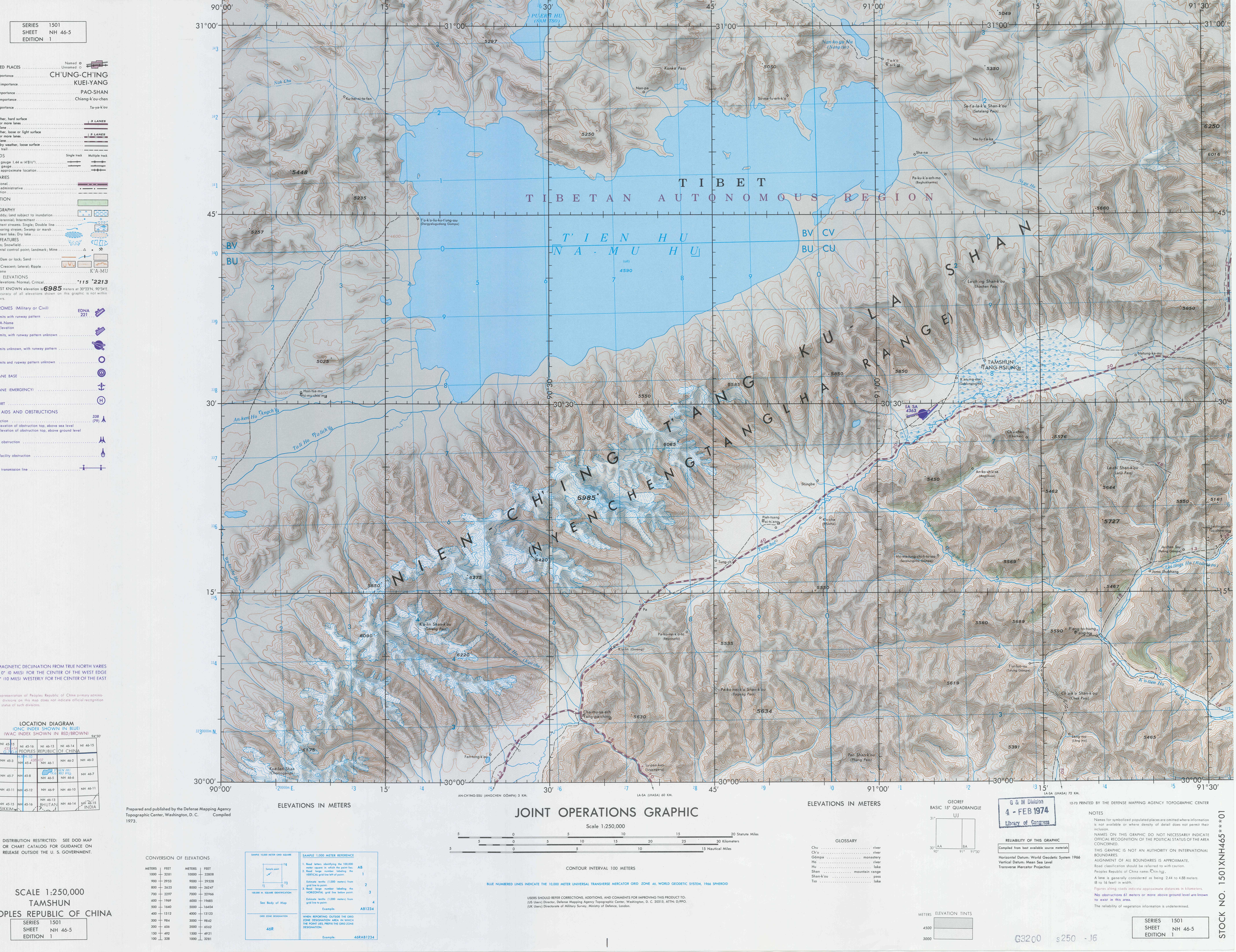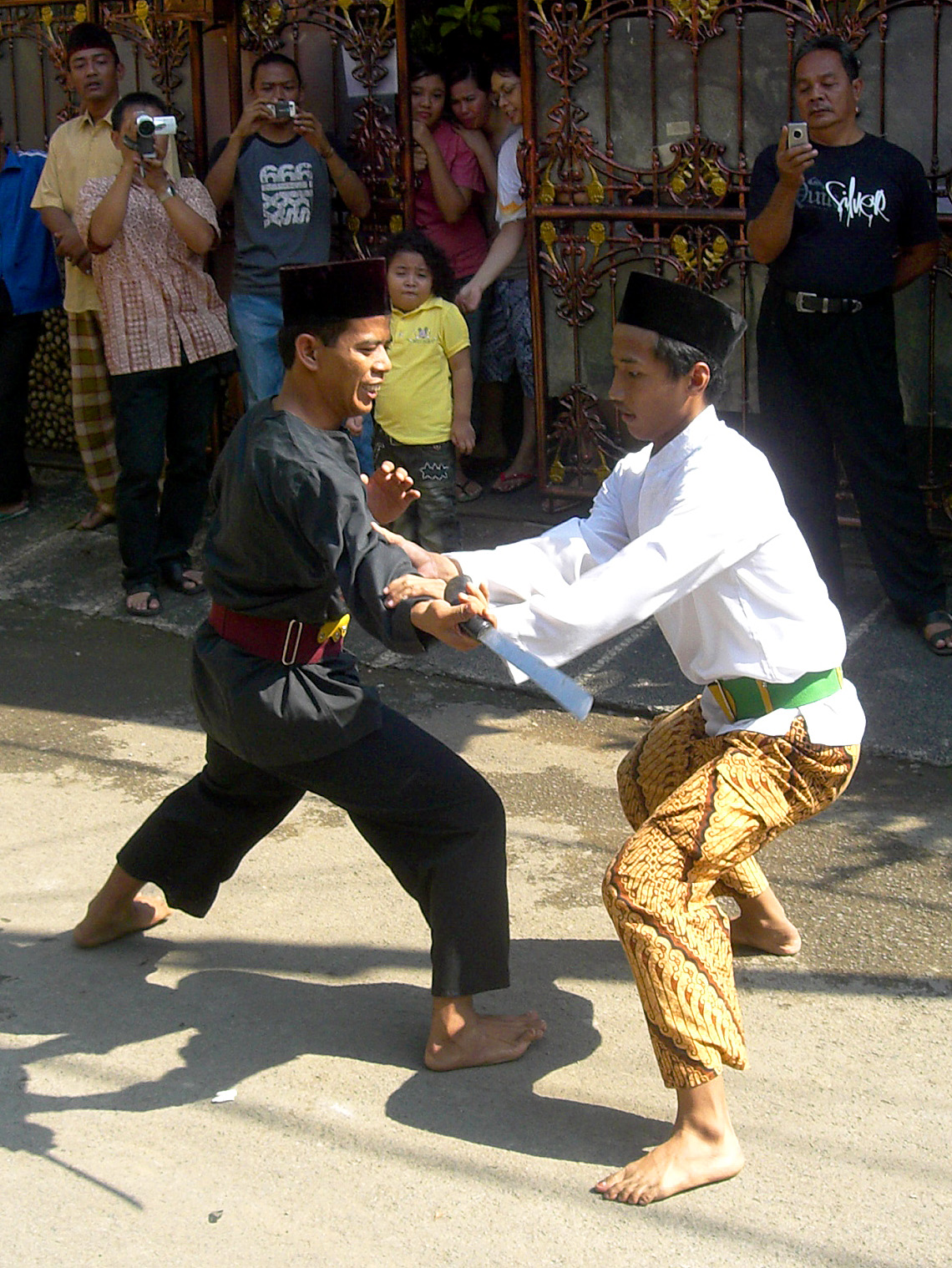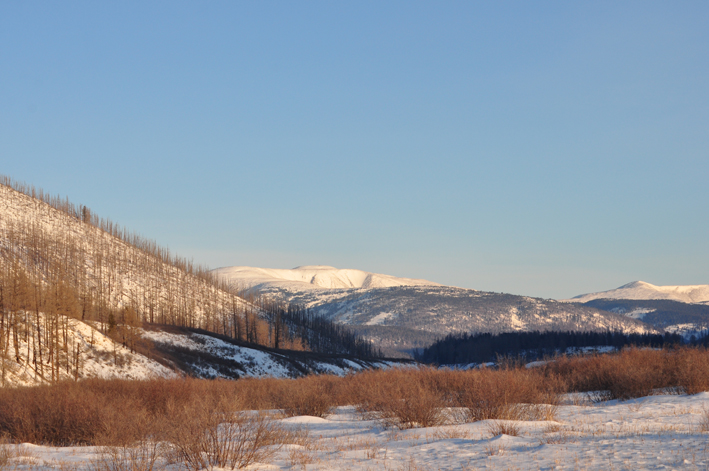|
Fernand Grenard
Joseph-Fernand Grenard (4 July 1866 – 1 April 1945) was a French explorer, author, and diplomat. He took part in the French government-sponsored expedition led by Jules-Léon Dutreuil de Rhins in 1891 to Eastern Turkestan (now Xinjiang) which sought to visit Lhasa, which at that time foreigners were not allowed to visit. In 1893, Dutreuil de Rhins and Grenard, left Xinjiang in order to cross Tibet and reach Xining in Qinghai. In December, they reached Lake Namtso, the men and animals exhausted and their supplies run out after a journey that had taken them three months longer than anticipated. The authorities refused them permission to enter Lhasa and ordered them to turn back, in spite of the bitter cold and lack of supplies. The following summer, Dutreuil de Rhins was wounded in a skirmish with a group of Golok bandits in lawless country near Tom-Boumdo (province of Qinghai). Grenard tried to save him but in the end was forced to leave him to his death. All the expedition's ... [...More Info...] [...Related Items...] OR: [Wikipedia] [Google] [Baidu] |
Jules-Léon Dutreuil De Rhins
Jules Léon Dutreuil de Rhins (2 January 1846 – 5 June 1894) was a French geographer and explorer, born at Saint-Étienne. He took part as a midshipman of naval volunteers in the expedition to Mexico and was an ensign during the Franco-Prussian War. From 1871 to 1876 he was captain of a foreign-going ship, in 1876–1877 commanded the ''Scorpion'' of the King of Annam's navy, and in 1882 was Egyptian correspondent of the ''Temps''. From 1891 to 1894 he explored Chinese Turkestan (East Turkestan) and the most inaccessible and least-known regions of northern and western Tibet Tibet (; ''Böd''; ) is a region in East Asia, covering much of the Tibetan Plateau and spanning about . It is the traditional homeland of the Tibetan people. Also resident on the plateau are some other ethnic groups such as Monpa people, .... He was murdered by locals at a small town in eastern Tibet. Published works His publications include: * ''Le royaume d'Annam'' (1879). * ''Carte de l ... [...More Info...] [...Related Items...] OR: [Wikipedia] [Google] [Baidu] |
Xinjiang
Xinjiang, SASM/GNC: ''Xinjang''; zh, c=, p=Xīnjiāng; formerly romanized as Sinkiang (, ), officially the Xinjiang Uygur Autonomous Region (XUAR), is an autonomous region of the People's Republic of China (PRC), located in the northwest of the country at the crossroads of Central Asia and East Asia. Being the largest province-level division of China by area and the 8th-largest country subdivision in the world, Xinjiang spans over and has about 25 million inhabitants. Xinjiang borders the countries of Mongolia, Russia, Kazakhstan, Kyrgyzstan, Tajikistan, Afghanistan, Pakistan and India. The rugged Karakoram, Kunlun and Tian Shan mountain ranges occupy much of Xinjiang's borders, as well as its western and southern regions. The Aksai Chin and Trans-Karakoram Tract regions, both administered by China, are claimed by India. Xinjiang also borders the Tibet Autonomous Region and the provinces of Gansu and Qinghai. The most well-known route of the historic Silk Road ... [...More Info...] [...Related Items...] OR: [Wikipedia] [Google] [Baidu] |
Xining
Xining (; ), alternatively known as Sining, is the capital of Qinghai province in western China and the largest city on the Tibetan Plateau. The city was a commercial hub along the Northern Silk Road's Hexi Corridor for over 2000 years, and was a stronghold of the Han, Sui, Tang, and Song dynasties' resistance against nomadic attacks from the west. Although long a part of Gansu province, Xining was added to Qinghai in 1928. Xining holds sites of religious significance to Muslims and Buddhists, including the Dongguan Mosque and Ta'er Monastery. The city lies in the Huangshui River valley, and owing to its high altitude, has a cool climate on the borderline between cool semi-arid and dry winter humid continental. It is connected by rail to Lhasa, Tibet and connected by high-speed rail to Lanzhou, Gansu and Ürümqi, Xinjiang. The city is home to Qinghai University, a comprehensive university and the only Project 211 university in Xining. History Xining has a hist ... [...More Info...] [...Related Items...] OR: [Wikipedia] [Google] [Baidu] |
Qinghai
Qinghai (; alternately romanized as Tsinghai, Ch'inghai), also known as Kokonor, is a landlocked province in the northwest of the People's Republic of China. It is the fourth largest province of China by area and has the third smallest population. Its capital and largest city is Xining. Qinghai borders Gansu on the northeast, Xinjiang on the northwest, Sichuan on the southeast and the Tibet Autonomous Region on the southwest. Qinghai province was established in 1928 during the period of the Republic of China, and until 1949 was ruled by Chinese Muslim warlords known as the Ma clique. The Chinese name "Qinghai" is after Qinghai Lake, the largest lake in China. The lake is known as Tso ngon in Tibetan, and as Kokonor Lake in English, derived from the Mongol Oirat name for Qinghai Lake. Both Tso ngon and Kokonor are names found in historic documents to describe the region.Gangchen Khishong, 2001. ''Tibet and Manchu: An Assessment of Tibet-Manchu Relations in Five Phases ... [...More Info...] [...Related Items...] OR: [Wikipedia] [Google] [Baidu] |
Namtso
Namtso or Lake Nam (officially: Namco; mn, Tenger nuur; ; ; “Heavenly Lake” in European literature: Tengri Nor, ) is a mountain lake on the border between Damxung County of Lhasa prefecture-level city and Baingoin County of Nagqu Prefecture in the Tibet Autonomous Region of China, approximately NNW of Lhasa. Geography Namtso (Namco) is a lake that first formed during the Paleogene age, as a result of Himalayan tectonic plate movements. The lake lies at an elevation of , and has a surface area of . This salt lake is the largest lake in the Tibet Autonomous Region. However, it is not the largest lake on the Qinghai-Tibet Plateau. That title belongs to Qinghai Lake (more than twice the size of Namtso); which lies more than to the north-east in Qinghai. Namtso has five uninhabited islands of reasonable size, in addition to one or two rocky outcrops. The islands have been used for spiritual retreat by pilgrims who walk over the lake's frozen surface at the end of winter, ... [...More Info...] [...Related Items...] OR: [Wikipedia] [Google] [Baidu] |
Golok
A golok is a cutting tool, similar to a machete, that comes in many variations and is found throughout the Malay archipelago. It is used as an agricultural tool as well as a weapon. The word ''golok'' (sometimes misspelled in English as "gollock") is used in Indonesia and Malaysia and (spelled ''gulok'') in the Philippines. Both in Malaysia and in Indonesia, the term is usually interchangeable with the longer and broader parang. In the Sundanese region of West Java it is known as ''bedog''. Description Sizes and weights vary, as does blade shape, but the typical length is 25 to 50 centimeters. Golok tend to be heavier and shorter than parang or common machetes, often being used for bush and branch cutting. Most traditional golok use a convex edge or an edgewise taper, where the blade is less likely to get stuck in green wood than flat edged machetes. The blade is heaviest in the centre and flows away in a curve to a sharp point at the tip. Golok are traditionally made with a spr ... [...More Info...] [...Related Items...] OR: [Wikipedia] [Google] [Baidu] |
Genghis Khan
''Chinggis Khaan'' ͡ʃʰiŋɡɪs xaːŋbr /> Mongol script: ''Chinggis Qa(gh)an/ Chinggis Khagan'' , birth_name = Temüjin , successor = Tolui (as regent) Ögedei Khan , spouse = , issue = , house = Borjigin , dynasty = Genghisid , regnal name = Genghis Khan () , temple name = Taizu () , posthumous name = Emperor Fatian Qiyun Shengwu () , father = Yesügei , mother = Hoelun , religion = Tengrism , birth_date = , birth_place = Khentii Mountains, Khamag Mongol , death_date = (aged 64–65) , death_place = Xingqing, Western Xia , burial_place = Unknown(presumptively Ikh Khorig, Burkhan Khaldun, Khentii Province) Genghis Khan (born Temüjin; ; xng, Temüjin, script=Latn; ., name=Temujin – August 25, 1227) was the founder and first Great Khan ( Emperor) of the Mongol Empire, which became the largest contiguous empire in history after his death. He came to power by uniting many of the noma ... [...More Info...] [...Related Items...] OR: [Wikipedia] [Google] [Baidu] |
Mughal Empire
The Mughal Empire was an early-modern empire that controlled much of South Asia between the 16th and 19th centuries. Quote: "Although the first two Timurid emperors and many of their noblemen were recent migrants to the subcontinent, the dynasty and the empire itself became indisputably Indian. The interests and futures of all concerned were in India, not in ancestral homelands in the Middle East or Central Asia. Furthermore, the Mughal empire emerged from the Indian historical experience. It was the end product of a millennium of Muslim conquest, colonization, and state-building in the Indian subcontinent." For some two hundred years, the empire stretched from the outer fringes of the Indus river basin in the west, northern Afghanistan in the northwest, and Kashmir in the north, to the highlands of present-day Assam and Bangladesh in the east, and the uplands of the Deccan Plateau in South India. Quote: "The realm so defined and governed was a vast territory of some , ra ... [...More Info...] [...Related Items...] OR: [Wikipedia] [Google] [Baidu] |
Babur
Babur ( fa, , lit= tiger, translit= Bābur; ; 14 February 148326 December 1530), born Mīrzā Zahīr ud-Dīn Muhammad, was the founder of the Mughal Empire in the Indian subcontinent. He was a descendant of Timur and Genghis Khan through his father and mother respectively.F. LehmannẒahīr-al-Dīn Moḥammad Bābor In Encyclopædia Iranica. Online Ed. December 1988 (updated August 2011). "Bābor, Ẓahīr-al-Dīn Moḥammad son of Umar Sheikh Mirza, (6 Moḥarram 886-6 Jomādā I 937/14 February 1483 – 26 December 1530), Timurid prince, military genius, and literary craftsman who escaped the bloody political arena of his Central Asian birthplace to found the Mughal Empire in India. His origin, milieu, training, and education were steeped in Muslim culture and so Bābor played significant role for the fostering of this culture by his descendants, the Mughals of India, and for the expansion of Islam in the Indian subcontinent, with brilliant literary, artistic, and hi ... [...More Info...] [...Related Items...] OR: [Wikipedia] [Google] [Baidu] |
1866 Births
Events January–March * January 1 ** Fisk University, a historically black university, is established in Nashville, Tennessee. ** The last issue of the abolitionist magazine ''The Liberator'' is published. * January 6 – Ottoman troops clash with supporters of Maronite leader Youssef Bey Karam, at St. Doumit in Lebanon; the Ottomans are defeated. * January 12 ** The '' Royal Aeronautical Society'' is formed as ''The Aeronautical Society of Great Britain'' in London, the world's oldest such society. ** British auxiliary steamer sinks in a storm in the Bay of Biscay, on passage from the Thames to Australia, with the loss of 244 people, and only 19 survivors. * January 18 – Wesley College, Melbourne, is established. * January 26 – Volcanic eruption in the Santorini caldera begins. * February 7 – Battle of Abtao: A Spanish naval squadron fights a combined Peruvian- Chilean fleet, at the island of Abtao, in the Chiloé Archipelago of southern Chile. * ... [...More Info...] [...Related Items...] OR: [Wikipedia] [Google] [Baidu] |
1942 Deaths
Year 194 ( CXCIV) was a common year starting on Tuesday (link will display the full calendar) of the Julian calendar. At the time, it was known as the Year of the Consulship of Septimius and Septimius (or, less frequently, year 947 ''Ab urbe condita''). The denomination 194 for this year has been used since the early medieval period, when the Anno Domini calendar era became the prevalent method in Europe for naming years. Events By place Roman Empire * Emperor Septimius Severus and Decimus Clodius Septimius Albinus Caesar become Roman Consuls. * Battle of Issus: Septimius Severus marches with his army (12 legions) to Cilicia, and defeats Pescennius Niger, Roman governor of Syria. Pescennius retreats to Antioch, and is executed by Severus' troops. * Septimius Severus besieges Byzantium (194–196); the city walls suffer extensive damage. Asia * Battle of Yan Province: Warlords Cao Cao and Lü Bu fight for control over Yan Province; the battle lasts for over 100 days ... [...More Info...] [...Related Items...] OR: [Wikipedia] [Google] [Baidu] |
French Explorers
French (french: français(e), link=no) may refer to: * Something of, from, or related to France ** French language, which originated in France, and its various dialects and accents ** French people, a nation and ethnic group identified with France ** French cuisine, cooking traditions and practices Fortnite French places Arts and media * The French (band), a British rock band * "French" (episode), a live-action episode of ''The Super Mario Bros. Super Show!'' * ''Française'' (film), 2008 * French Stewart (born 1964), American actor Other uses * French (surname), a surname (including a list of people with the name) * French (tunic), a particular type of military jacket or tunic used in the Russian Empire and Soviet Union * French's, an American brand of mustard condiment * French catheter scale, a unit of measurement of diameter * French Defence, a chess opening * French kiss, a type of kiss involving the tongue See also * France (other) * Franch, a surname * Fre ... [...More Info...] [...Related Items...] OR: [Wikipedia] [Google] [Baidu] |








